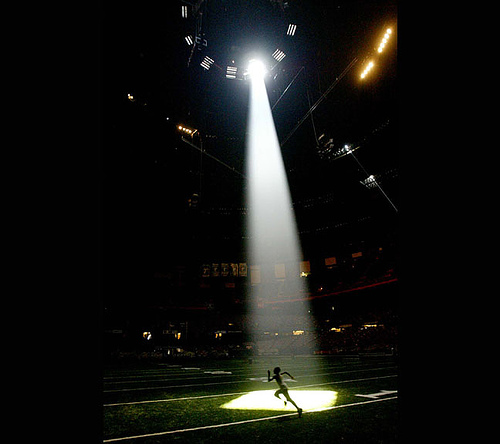Contributors / Issue 16: The Cultural Visualization of Hurricane Katrina
Contributors Nicola Mann is a Ph.D. candidate in the Program in Visual and Cultural Studies at the University of Rochester, New York. Nicola received a first class B.A. in Fine Art from the University of Creative Arts, Surrey, and an M.A. in Painting from the Royal College of Art, London. Mann’s dissertation draws on the interpretative practices developed by the disciplines of film- and television-studies, art history, spatial theory, and community activism studies, to investigate the destructive nature of late twentieth- and early twenty-first century popular visual representations of Chicago’s public housing (1970-2010). Her work has been published in Cross-Cultural Poetics, Proteus: A Journal of Ideas, Brock Review, and in the anthology, Habitus of the ‘Hood (Intellect Press, forthcoming). Victoria Pass is a Ph.D. candidate in Visual and Cultural Studies at the University of Rochester, New York, finishing her dissertation, “Strange Glamour” which examines fashion and art in the 1920s and 1930s. Vicky received her B.A. in Art History from Boston University, and her M.A. in Art History from the School of the Art Institute in …


